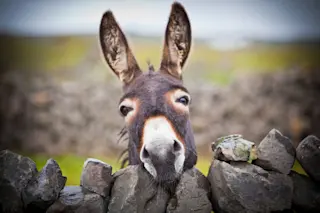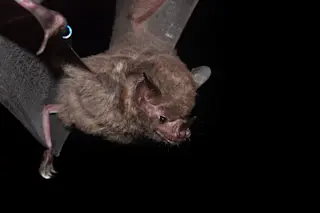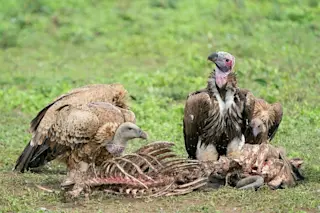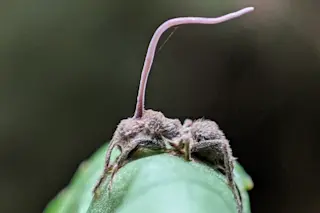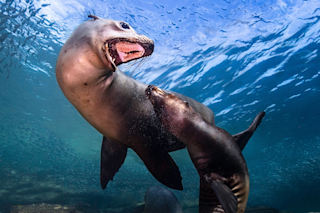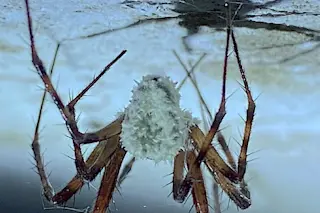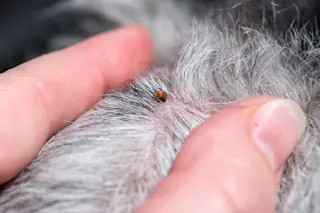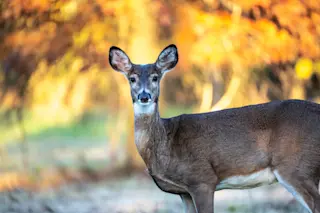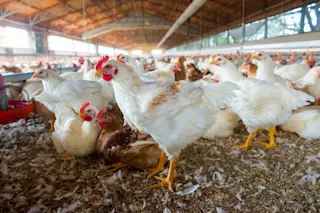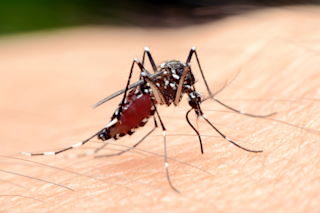In the time since the words "swine flu" first dominated the headlines, a group of scientists from three continents have been working to understand the origins of the new virus and to chart its evolutionary course. Today, they have published their timely results just as the World Health Organisation finally moved to phase six in its six-tier system, confirming what most of us already suspected - the world is facing the first global flu pandemic of the 21^st century.
The team, led by Gavin Smith at the University of Hong Kong, compared over 800 viral genomes representing a broad spectrum of influenza A diversity. The viral menagerie included two samples of the current pandemic strain (the virus formerly known as swine flu and now referred to as swine-origin influenza virus (S-OIV)). Also in the mix were 15 newly sequenced swine strains from Hong Kong, 100 older swine strains, 411 from ...


